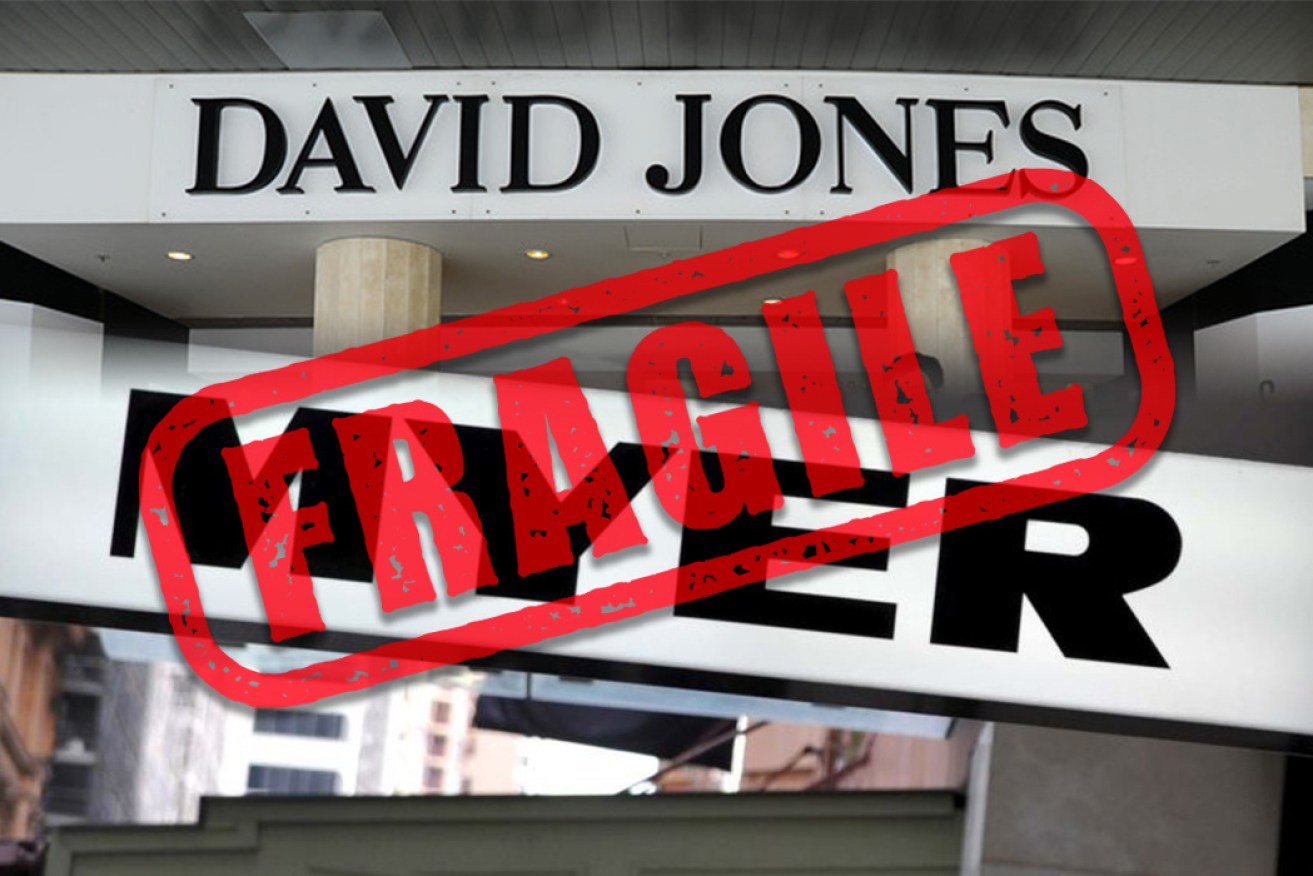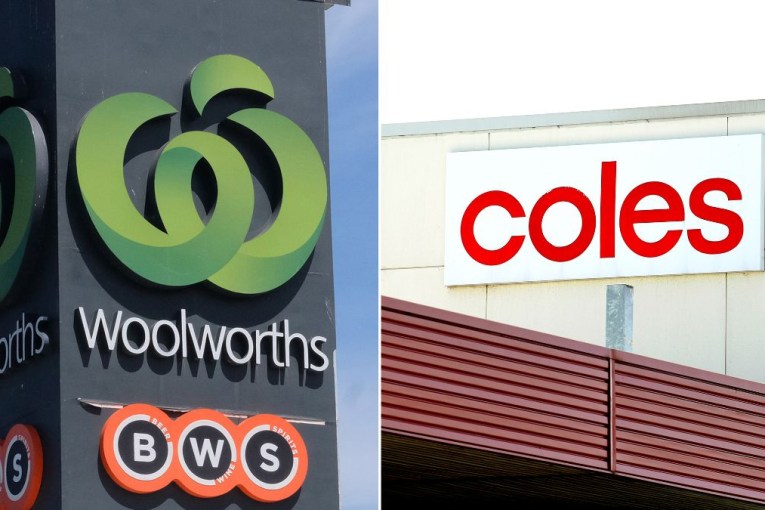The 50 billion reasons why Myer is closing yet another store


The pandemic rush to online shopping has made store closures more likely.
More than 1.3 million households joined the online shopping revolution last year as the pandemic drove a mammoth shift in shopping habits.
New figures released by Australia Post on Wednesday show ecommerce booked three years worth of growth in just 12 months over 2020 – forcing big names like Myer to close once-bustling stores and pivot to digital as annual online sales topped $50 billion.
Australia’s shift to online shopping has been so fast that our largest department store chain revealed plans on Wednesday to shut down its long-standing Knox store in Melbourne’s eastern suburbs.
Myer chief executive John King said the decision – the latest in a long line of major department store closures – was driven by rising demand for online shopping.
“Our vision remains for Myer to be a digital-led retailer supported by our store network, which continues to be an asset to our business,” Mr King said.
Online trajectory jumps ahead three years
The struggling retailer is not the only business changing its future plans, with COVID-19 set to have a long-lasting impact on the sector.
More than 16 per cent of retail dollars are now spent online, and Australia Post ecommerce chief Ben Franzi expects that figure to hit 20 per cent by 2022 – three years earlier than the post office had projected before the pandemic.
“We’ve doubled the growth rate of ecommerce,” Mr Franzi told TND.
After struggling to keep up with demand last year as nine million households (82 per cent of Australia) went online, the taxpayer-owned postie is now pouring hundreds of millions of dollars into warehousing.
“We brought on an additional 5000 employees over Christmas and a number of those have stayed on in the business to continue to deal with the volume we have today,” Mr Franzi said.
The ecommerce chief said many of the 1.3 million households that tried online shopping for the first time in 2020 had stuck around, with most of them buying more items from a broader range of product categories.
In fact, the average number of items bought in a single purchase by new shoppers doubled between last January and December to 2.8, a shift worth billions of dollars to retailers, who are investing in better online services.
Even ecommerce naysayers – including those in regional areas – are coming onboard as categories previously skewed towards physical shopping like food and groceries shift online after lockdowns.
Once lockdown spending is stripped out, underlying ecommerce sales still rose 35 per cent last year, a sign the pandemic has changed consumer habits permanently.
Retail expert and Queensland University of Technology professor Gary Mortimer said retailers like Myer were being hit by a much broader range of factors than just ecommerce.
But he said the digital-led business philosophy would nevertheless change the face of shopping for everyone.
“Retailers in the past have always bolted on a digital offer and considered themselves to be ‘multichannel’ … they’re now indicating a shift away from physical assets to digital assets,” Professor Mortimer told The New Daily.
“It’s broadening to invest in online as well as fulfilment and delivery.”
What the latest changes mean for your local shops
So, what does this all mean for you? Well, retailers will invest more money in their ecommerce offers and that should deliver an improved service for consumers.
But your local shopping centre, supermarket and neighbourhood retail strip will soon look very different.
University of Tasmania retail expert Louise Grimmer, who has been researching the impact of COVID-19 on strip malls, said bricks-and-mortar retailers had been enduring difficulties for years before the pandemic.
“There were already challenges for shopping centres and retail strips prior to COVID-19. The pandemic then really impacted on city retailing in particular,” Dr Grimmer said.
“Empty stores and what to do with them is going to be a focus for communities and local government and other key stakeholders as we try to cope with the ‘new normal’.”
Yet there would always be a role for physical shops, she said.
“Physical retailing is still vitally important. It’s just that now consumers also expect to have a choice,” Dr Grimmer said.
And what about Myer?
Well, Professor Mortimer said the trend is clear.
“We might see a three-level Myer store becoming a two-level Myer store, or a two-level store becoming a one-level Myer store,” he said.
“[Stores] outside the big CBD areas or large centres may wind up.”









